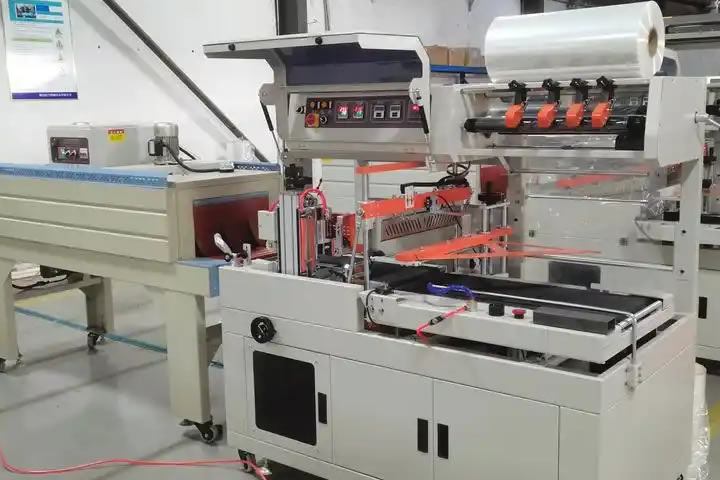The lights are still on at a port in East Africa late at night, and cranes are roaring to load a batch of tightly sealed wooden boxes into the cargo hold. The warning sign "Precision Equipment·Anti-shock and Tilt" on the box is particularly eye-catching under the searchlight - this is a core component of an automated production line urgently dispatched by a packaging machinery manufacturer for a Middle Eastern customer. There are only 19 days left before the delivery deadline required by the customer. An urgent order racing against the monsoon.

Two months ago, the manufacturer received an urgent call: a Middle Eastern company urgently needed a customized film wrapping production line due to a failure of the original equipment, and required the entire process from production to installation to be completed within 25 days. "The normal cycle takes 40 days, but the customer's production line will lose up to six figures for every day it stops working," the head of the logistics department recalled later.
It was the Indian Ocean monsoon season at that time, and international freight routes were frequently delayed. What's more difficult is that the order contains 37 types of precision parts, among which the sensor module is extremely sensitive to transportation vibration. The traditional logistics solution requires the assembly of the whole machine in a domestic factory, and then the bumpy sea transportation, with a loss rate of up to 15%. "This order must not be gambled on luck." The technical team adjusted the strategy overnight and decided to "break the whole into pieces" of the equipment.
Modular disassembly penetrates transportation risks
The next morning, the workshop started the "wartime mechanism": the production line was disassembled into 12 standard modules, each of which was individually encapsulated in an embedded shock-absorbing frame. This design, similar to "Russian nesting dolls", can not only reduce the collision of components during sea transportation, but also take advantage of the standardized module size to match the container space utilization rate. "It's like wrapping porcelain in bubble film and then putting it in a customized iron box." An engineer involved in the project made a metaphor.
At the same time, the logistics team activated the priority passage qualification of the Port of Mombasa. With the long-term accumulated port cooperation network, this batch of containers skipped the regular queuing process and directly connected to the nearest cargo ship. More importantly, all modules are equipped with IoT trackers, and customers can view the coordinates, temperature, humidity and tilt angle of the container in real time. When the cargo ship crosses the stormy Arabian Sea, the system automatically triggers the vibration exceeding the standard warning, remotely guides the crew to adjust the fixed cable, and finally controls the loss rate of key components to less than 2%.
From "Impossible" to "New Standard"
On the morning of the 17th day, when the first batch of modules arrived at the customer's factory, the other party's purchasing director stared at the logistics trajectory map on the screen and exclaimed: "You actually beat time in the monsoon season!" After the subsequent modules arrived, the technical team completed the on-site reorganization and debugging in just 36 hours, and delivered it two days ahead of schedule.
This battle quietly rewrote the company's internal processes. Today, 80% of the manufacturer's export equipment adopts pre-sorting modular design, and the average response speed of overseas emergency orders has increased by 34%. “Supply chain resilience is not about piling up inventory in warehouses, but using technology to turn uncertainty into controllable variables.” At the project review meeting, a bold conclusion was written into the company’s logistics white paper.

